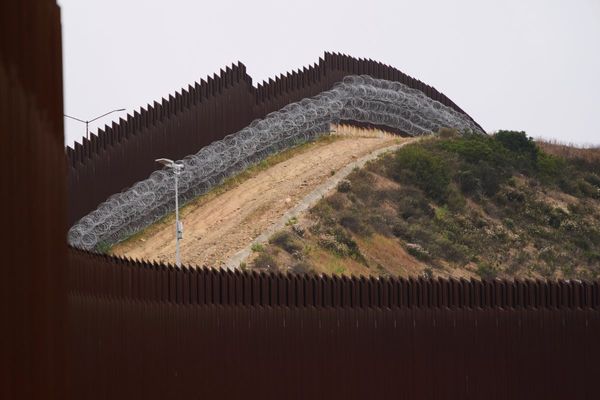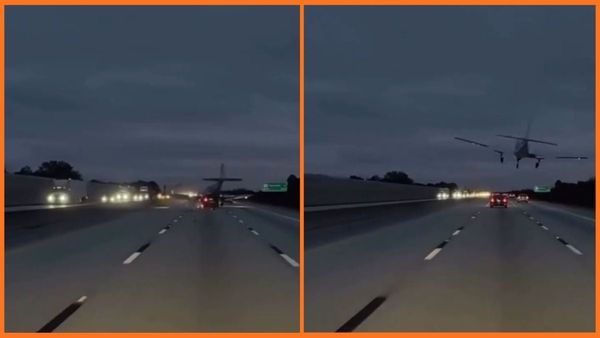
It’s been a lonely week for the Nats. Personally, I am on Team Split. I think it’s high time they put the grunt back into the country party.
Yet, having taken the hard decision, David Littleproud – at time of publication – is now sitting astride the barbed wire fence, poised between Team Stay and Team Split. It’s the worst place to be.
He appears to be having second thoughts. It is true that outside the Coalition the Nationals will not get their bums on ministerial seats in a future government, but hear me out.
This is not the end of the Earth in a more fractured political environment. Notwithstanding Labor’s thumping win this month, you just need to look at data from rural voting booths to see more unpredictable patterns as more people challenge the Coalition status quo. The major parties’ primary votes are trending downwards.
Rural Australia holds the balance of power – if it wants to exercise it – in pretty much every parliament. Rural Australians are minority voters and at best 30% of the population. But it is a big enough bloc to wield with intent, if only we could muster our forces.
You don’t require night vision goggles to see the potential power of country Australia.
There is a whole bloc of rural and regional MPs sitting in the Nats party room, minus Perin Davey (on votes) and Jacinta Nampijinpa Price via defection to the Liberals.
Yet the new leadership team of the Liberal party both hold rural electorates: Sussan Ley in Farrer (New South Wales) and Ted O’Brien in Fairfax (Queensland). The putative challengers were Angus Taylor, who has been a rural MP up until the last election when Hume was reclassified outer metropolitan. Price is a Country Liberal senator for the Northern Territory. The clue is in the title.
The Liberals hold more rural territory than the National party. There are rural independents, such as Indi MP Helen Haines, Mayo MP Rebekha Sharkie and former Nationals Calare MP Andrew Gee, who saw off the Nationals rival easily.
The point is there are lots of rural political representatives in federal parliament, so how does the National party differentiate itself? Their sole branding point is that they only represent rural and regional people.
The Coalition split was allegedly about four policies: nuclear energy, supermarket divestiture, a $20bn regional fund and action on rural phone and internet coverage (praise be!). Let’s park the fact that they did nothing about these ideas in their long tenure under Tony Abbott, Malcolm Turnbull and Scott Morrison. Leaving the nukes in the just-not-feasible basket, the old market-based Libs would never go for such interventionist policies. The most likely side to even talk about these would be the crossbench or the Labor party.
The untethered Nats could plot a course to a sensible centre-right position that carves out a new city-country contract. Or they could skip down the yellow brick road to Trump world.
As a stand alone party, they will live or die by their policies and their capacity to connect with a changing rural voter base as margins get more unpredictable. Younger generations with different voting histories are also moving in, seeking cheaper housing and better lifestyles. There are good reasons to go for a full makeover while you have time to create a modern country political brand.
The crossbench has shown the Nationals could develop policies that don’t have to appeal to the Liberal party as long as they got support from other quarters. It could get weird. As Donald Trump has shown, transactional politics can make for the strangest of bedfellows.
Free to roam, the Nationals could deal with any party, including Labor. Tony Windsor and Rob Oakeshott did such a deal for their respective electorates of New England and Lyne with Julia Gillard in 2010. They were hammered for it even though the agreement made major commitments to parliamentary reforms and regional Australia including their own electorates. Better still, the deal was made public for their own voters to see.
As voters, we cannot see what the Nationals have demanded from the Liberals in the Coalition agreement. We cannot see what the Liberals demanded of the Nats.
If you need examples of lateral thinking, the banking royal commission grew from a crossbench alliance driven by Nationals own senator John Williams going rogue with Greens senator Peter Whish-Wilson and senator Nick Xenophon. They successfully forced the two big parties to act.
The federal Icac and action on climate were two key policy planks of both the Greens and the country community independents. Those issues formed part of a platform that provided a launching pad for the city-based teals, the same folk eating the Liberal party’s lunch. The Nats’ own nuclear policy came about as a Coalition fig leaf for the Coalition’s lack of climate policy.
So to the Nats, sit down and do some hard yakka to reshape the party for the political landscape as it is, not as you would like it to be.
Forget about bowing to oligopolies and billionaires. Remember the key employers in regional areas are not mining and farming now but health services, aged care, education, construction and retail. Professions mostly dominated by women. Where did the Coalition lose ground? With women.
Labor has very little interest in the bush because there are no votes in it for them. What better way to get them interested in rural policy than to signal you are open to all sides of politics.







